Fresh pickup lines
Taxi drivers are also complaining that robotaxi firms are stealing their customers by offering generous subsidies.
A receipt for a 28-km, 64-minute robotaxi trip in Wuhan showed that the fare was just 26.52 yuan ($3.65 yuan), much cheaper than a normal taxi fare. But a closer look revealed that it had a discount of 109.52 yuan.
Wuhan has over 3,300 km of roads eligible for robotaxis, the longest in China. Robotaxis booked 850,000 rides in the first half of this year, more than for the whole of 2023, according to a Hubei Daily report.
In July, an Apollo Go vehicle booked up to 20 rides in one day, the same amount as a regular taxi, according to Shanghai-based news portal Jiemian.
There are around 400 Apollo Go vehicles in Wuhan, said Baidu CEO Robin Li. "Our fleet accounts for just 1 percent of Wuhan's total taxi fleet. It may take quite some time, even many years, to grow (the proportion)," said Li.
William Li, founder and CEO of NEV startup Nio, has sided with the taxi drivers.
He said that the goal of technology such as smart driving is to alleviate the burden of driving, and not to steal jobs from low-income earners. "It is not a very inspiring story. We will never do robotaxis," he said.
Nio has been investing heavily in driving-assist functions, and is one of the first carmakers in the world to adopt the latest Nvidia chips made for such features.
Gu Dasong, executive director of the Southeast University's Research Center for Transportation Law and Development, said robotaxis might reduce the need for commercial drivers, such as taxi drivers and freight drivers, to some extent over the long term.
However, the move to robotaxis will profoundly transform the labor market, with new job opportunities arising from such services.








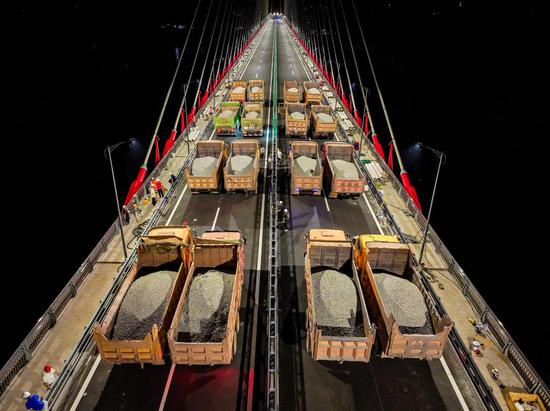
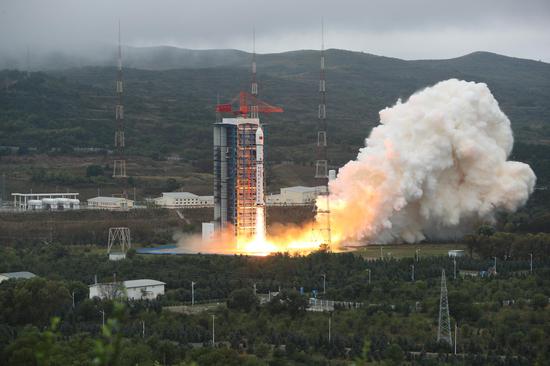


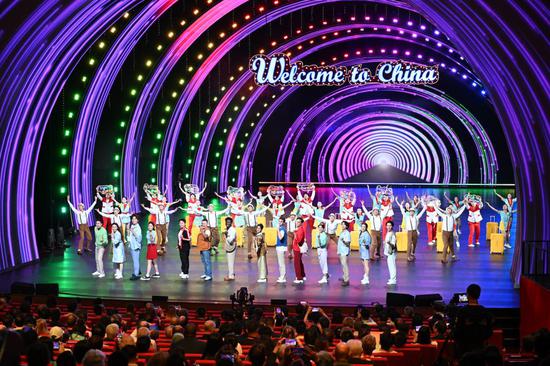





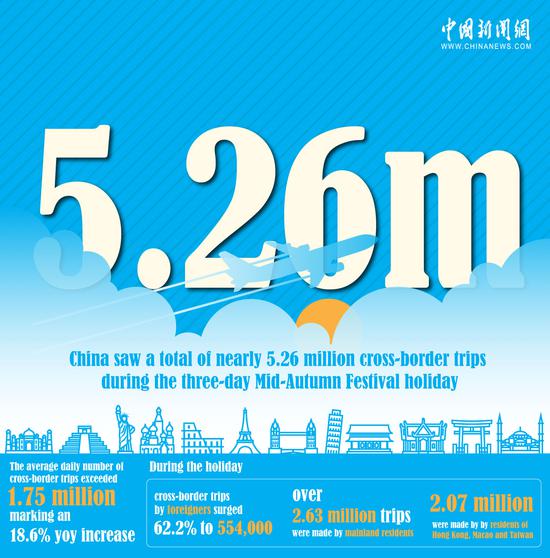



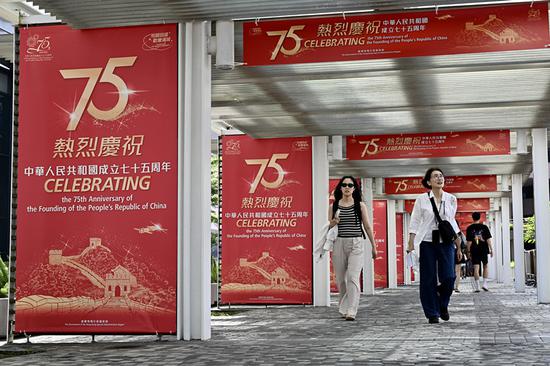




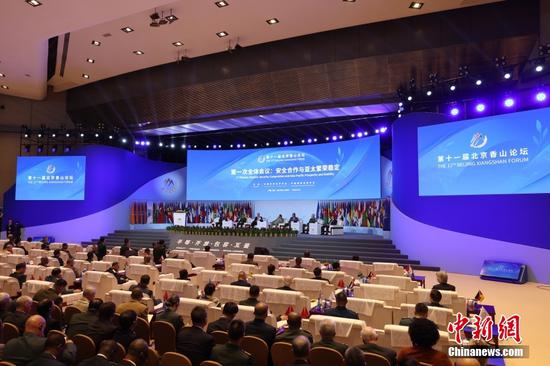
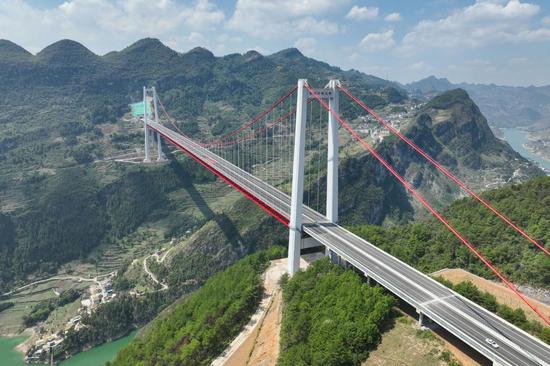


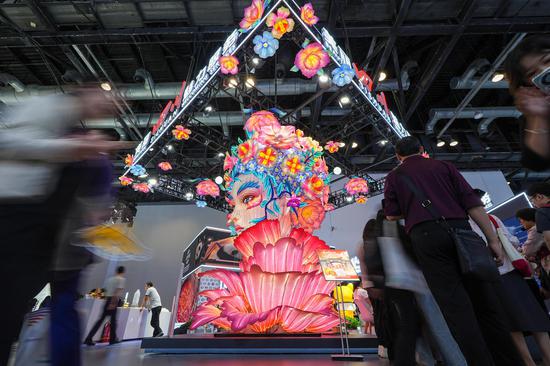


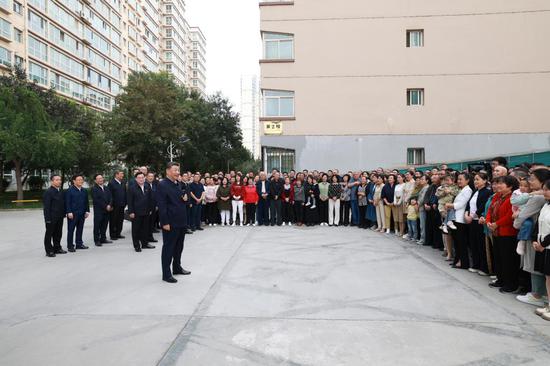
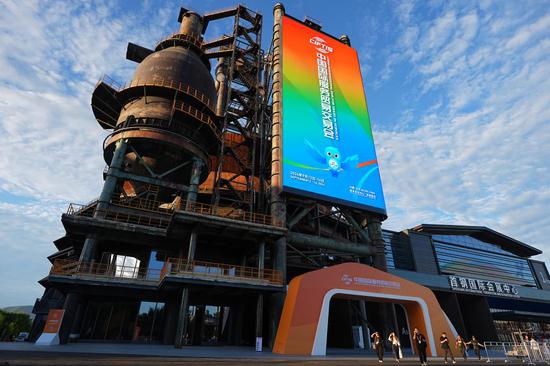




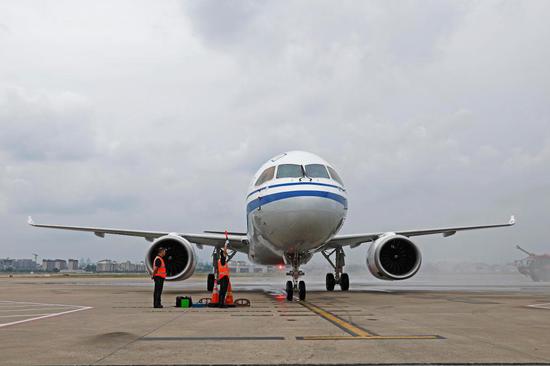

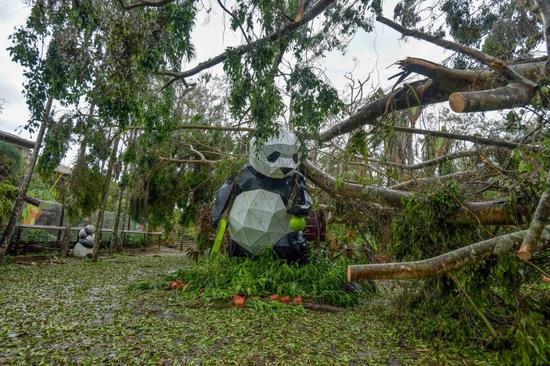
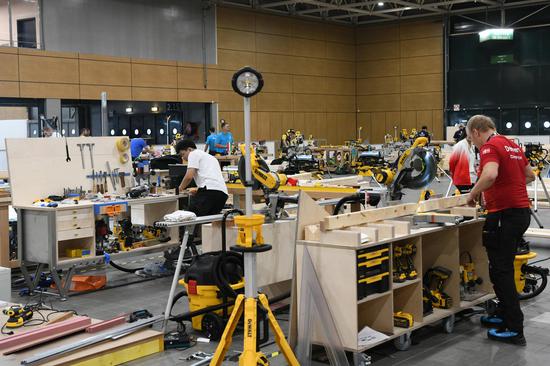


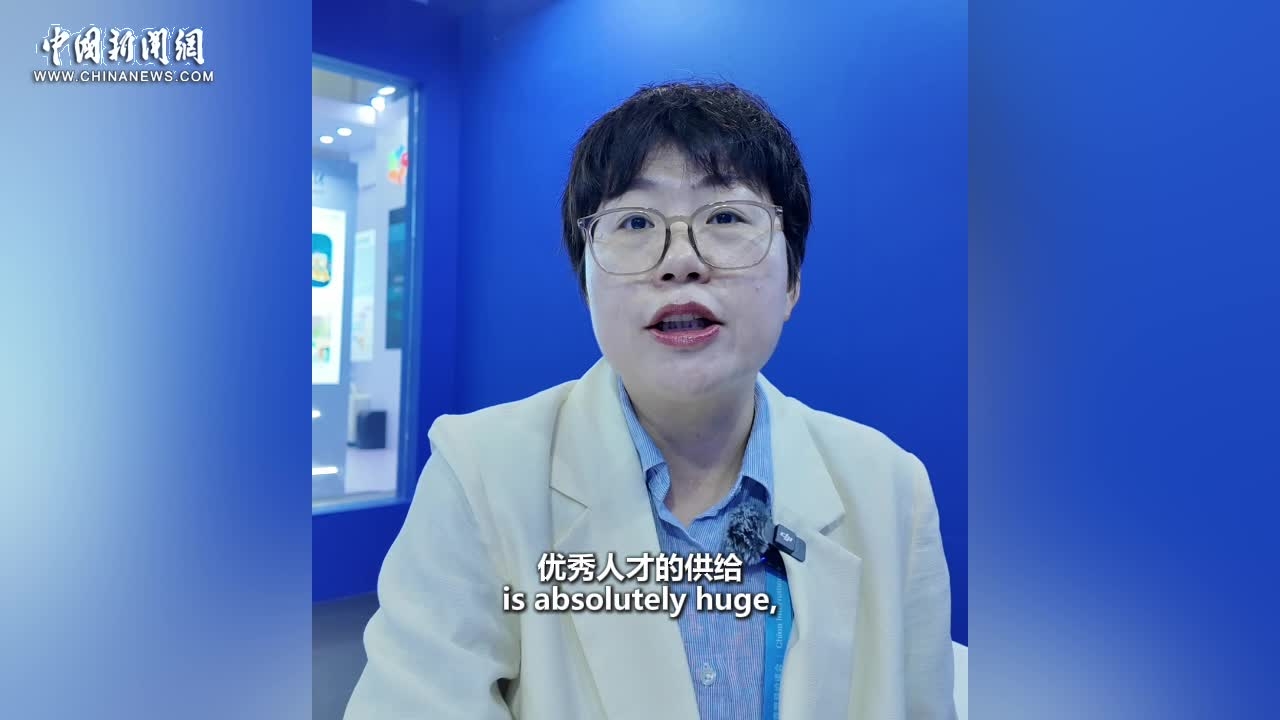

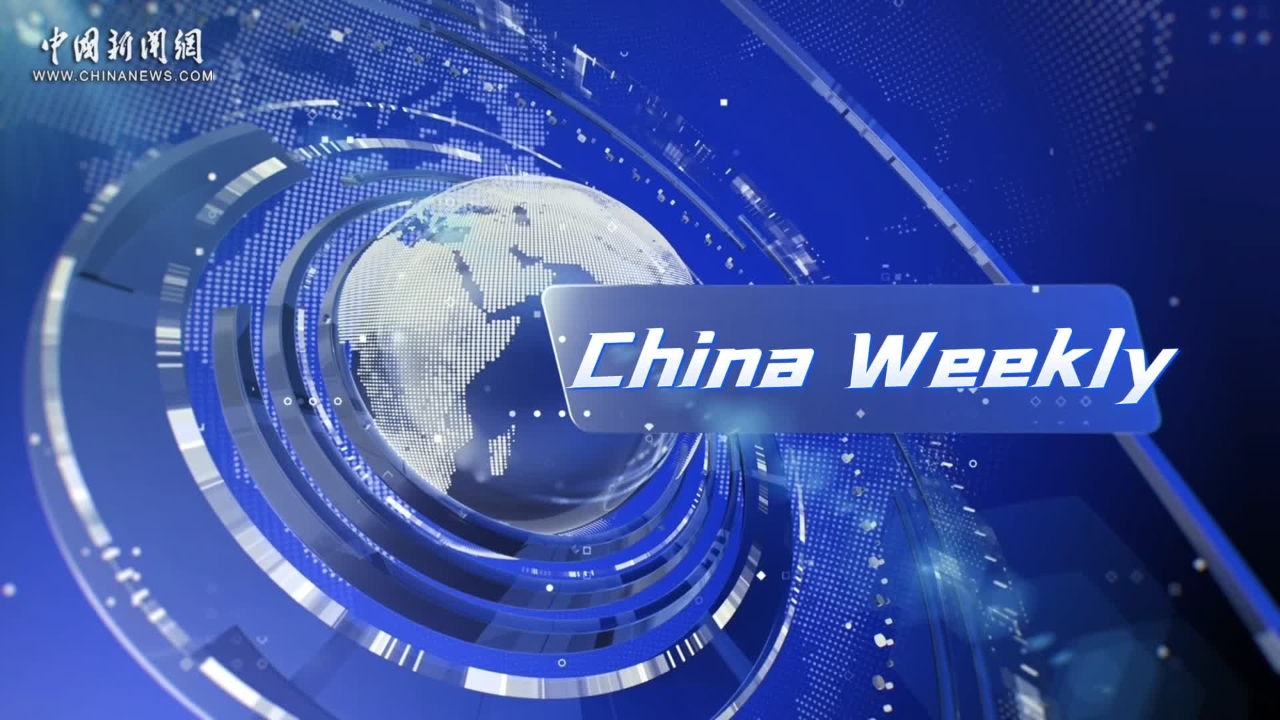

 京公网安备 11010202009201号
京公网安备 11010202009201号